Types and tips for choosing rubber hoses for irrigation
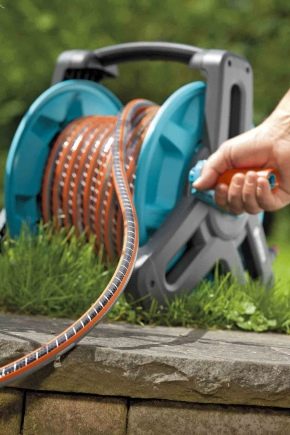
Currently, there is a huge variety of different irrigation systems for home gardens, but the simplest and most reliable is still a garden hose.
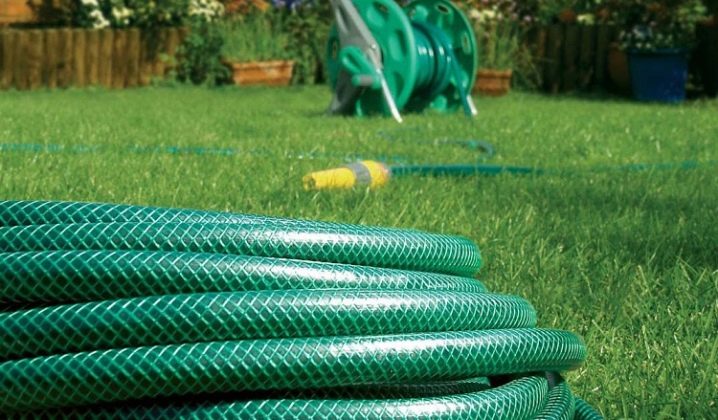
Manufacturing materials
This simple and affordable fixture can be made of different materials, which affects ease of use and service life. What basic materials are used in the manufacture of these indispensable gardener assistants, we will consider below.

Rubber
Such a hose is very common since has a number of positive characteristics:
- resistant to both subzero and too hot temperatures;
- can be stored in any room;
- service life reaches ten years;
- does not collapse from ultraviolet radiation;
- the cost is relatively low;
- bends easily.
The rubber hose for irrigation also has its drawbacks:
- it is quite heavy, which makes it not always convenient for a person to carry, it can also damage plants on the site during movement;
- it is not recommended to use drinking water for transporting, especially with the help of cheap hoses that can be toxic.


Pvc
Polyvinyl chloride products are also often used to care for a summer cottage. They can consist of one layer, this is a cheaper option, or of several with the inclusion of reflective. The wall thickness is, respectively, from 1.5 to 3 mm. Basically, cord or reinforced hoses are manufactured.
Such irrigation products have their advantages:
- long service life - up to 30 years or more;
- increased resistance to pressure, since the reinforcement is made of cross-sections;
- high-quality PVC hoses are made of food-grade plastic, which allows them to be used for supplying drinking water;
- affordable pricing policy.
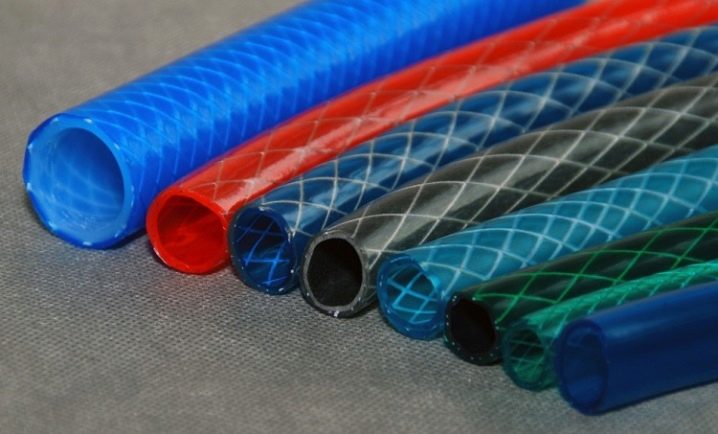
Now let's dwell on some negative qualities:
- cheap single-layer PVC types quickly lose their properties due to bends and fractures;
- unstable to ultraviolet radiation: under the influence of sunlight, algae and bacteria can form inside;
- in winter, when the first negative temperatures appear, such hoses lose their elasticity, which can provoke the appearance of cracks and other damage;
- cheap types are very short-lived; in the absence of reinforcement, they will last no more than three years.
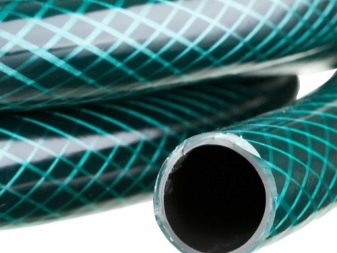
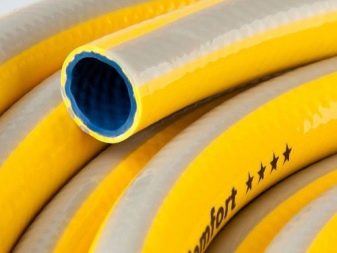
Thermoplastic
It is the most versatile material for the manufacture of irrigation devices.
It has the following advantages:
- high resistance to negative temperatures;
- excellent flexibility, ductility and torsion resistance;
- a light weight;
- lack of sensitivity to chemicals and sunlight;
- long service life - up to 15 years.
There are practically no downsides to such a hose, except for the high price, which is justified by its positive characteristics.

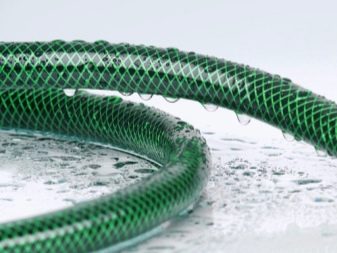
Silicone
Lightweight, flexible and comfortable material. The temperature range of use is from -20 to + 40 ° С.
The disadvantages are more significant than those of other materials:
- a large pressure of water can irrevocably damage the product;
- temperature differences quickly cause cracks;
- the service life does not exceed three years.
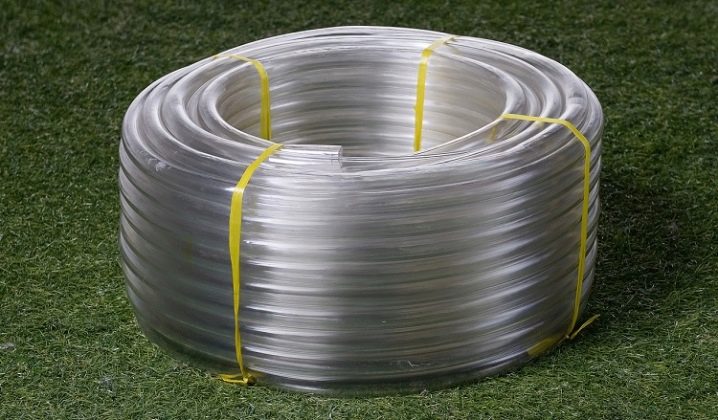
Execution options
In addition to material classification, the hoses are also distinguished by the version.
- Single layer. The cheapest and most short-lived, but the lowest cost.
- Multi-layered. Resistant to external adverse factors, fractures and other deformations.This also includes reinforced hoses, one of the layers of which is a mesh in the form of reinforcement.
- Stretchable. This is a kind of know-how in this area. It is very convenient to store, in addition, a special fabric cover on top perfectly protects the hose itself from damage and contamination.
- Spiral. Such a hose will not be suitable for a very large area, but for a small personal plot it is a great solution.
- Corrugated. The corrugation is less prone to deformation, which prolongs the service life of the hose, but increases its cost.
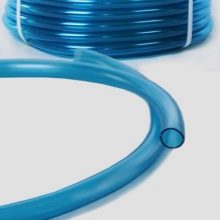
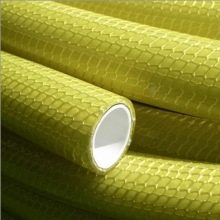

How to choose: colors and sizes
There are certain nuances in choosing a hose that must be taken into account when buying. It is worth considering them in more detail.
- Hose type. If the water intake comes from a well or well, then, of course, you need to buy a cord intake hose. If the site has a centralized water supply, you can purchase any other hose, taking into account its technical characteristics.
- Colour. The color for this tool should be chosen as dark as possible, and preferably black, since in lighter versions there is no UV protection. And the extra bacteria and algae in the irrigation hoses are completely unnecessary.
- Dimensions. Hose diameters are usually standard. The most popular is 13 mm. But there are other options - for example, 16, 19 mm. It is better to choose a diameter that corresponds to the watered vegetation. If there is a lot of it, you will need to use a wider hose.
- Layers. The more layers, the more durable the product.
Do not skimp on this indicator, otherwise the hose will not last long.

For information on how to repair a rubber irrigation hose, see the video below.

































































The comment was sent successfully.